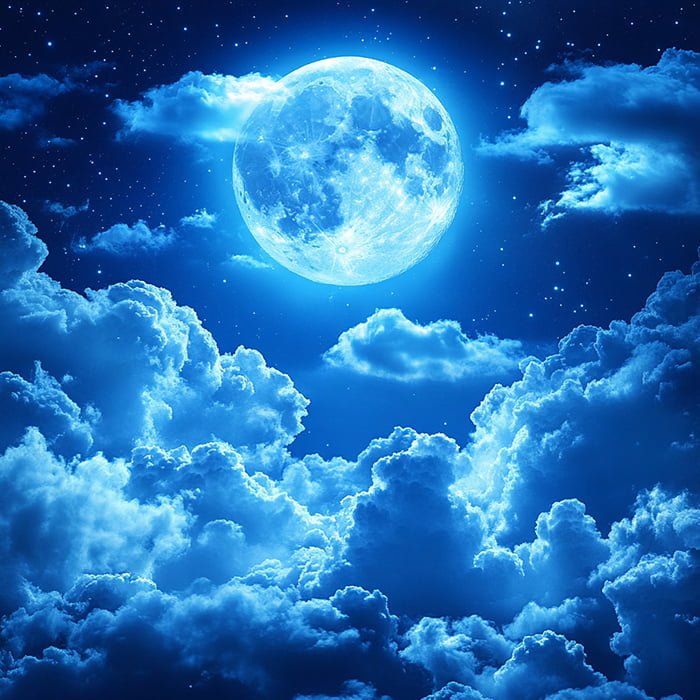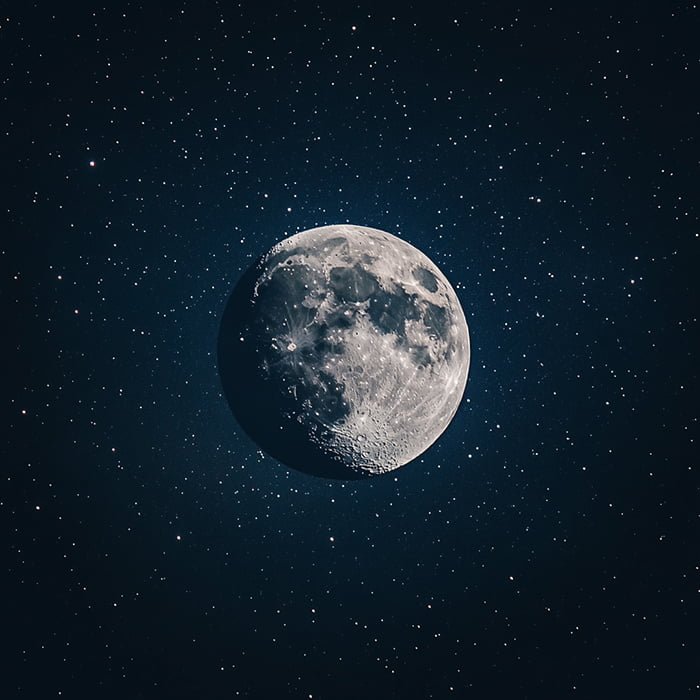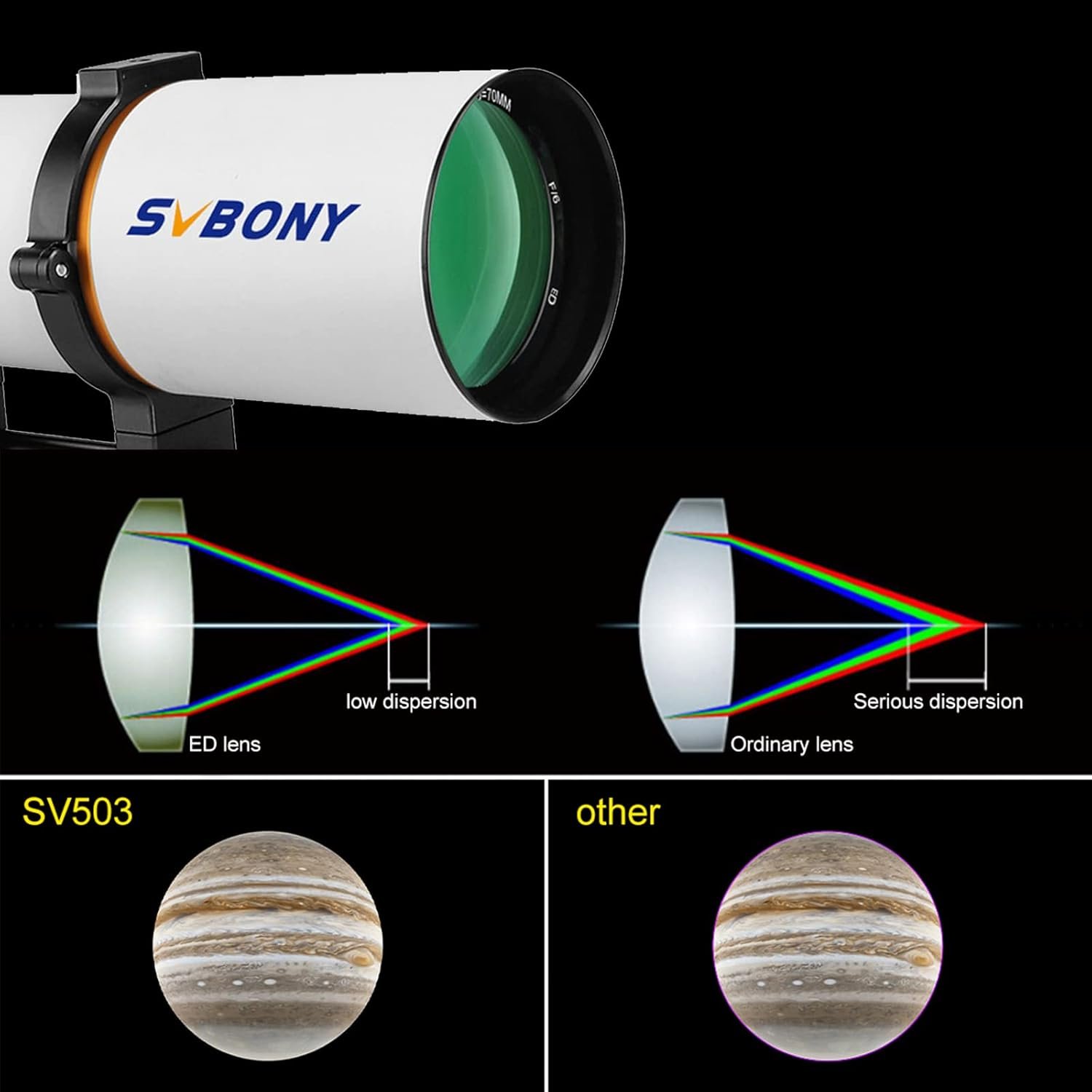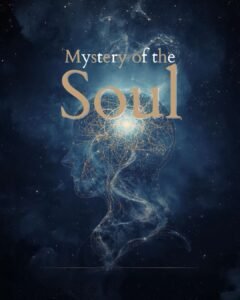Can the soul touch the moon after death? This question explores our hopes and fears across philosophies, religions, and science.
Key Takeaways 📝
- The concept of the soul’s journey to the moon reflects humanity’s deepest hopes and fears, intertwining with our philosophical and spiritual beliefs.
- Ancient philosophies, such as those of the Pythagoreans and Stoics, envision the moon as a symbol of transcendence and infinite exploration for the soul.
- Eastern religions like Hinduism and Buddhism emphasize a continuous cycle of rebirth, aligning with the idea of souls seeking liberation beyond earthly confines.
- Modern interpretations and scientific theories suggest that the soul’s journey could traverse the cosmos, with the moon serving as a celestial waypoint in this quest.
- Ultimately, the exploration of whether a soul can touch the moon invites readers to reflect on their own beliefs about connection, transcendence, and the mysteries of existence.
The question of whether a soul can touch the moon after death isn’t just an exploration of philosophy or theology—it’s a reflection of our deepest hopes, dreams, and fears. For millennia, humanity has gazed up at the moon, a luminous sentinel in the night sky, wondering if it could be a resting place for souls freed from earthly bonds. This article takes you on an emotional journey through various philosophies, religious beliefs, and even scientific musings that explore this ethereal possibility.
Philosophical Perspectives

Pythagorean Philosophy
Imagine the soul as an eternal traveler, shedding the limitations of the physical world as easily as a snake sheds its skin. This is the essence of Pythagorean philosophy, where transmigration allows souls to move freely, not just from body to body, but across the vast expanse of the universe. The Pythagoreans saw mortality as a mere illusion, a temporary phase in a grand, cosmic journey. In this view, the moon isn’t just a distant celestial body, but a beacon of hope and potential, a place the soul might reach as it continues its timeless odyssey.
Ancient Greek and Roman Beliefs
Visualize the soul soaring beyond the earthly realm, ascending through the atmosphere toward the moon, as the Stoics once imagined. For the Stoics, the soul’s journey was a harmonious dance with the cosmos, where reaching the moon signified a transcendence of the mundane, a union with the divine. The moon, therefore, becomes not just a destination, but a symbol of the soul’s capacity for infinite exploration and growth.
Modern Philosophical Views
In today’s world, where science and spirituality often intertwine, the idea of the soul’s journey extends beyond Earth, traversing the universe unbound by the constraints of space-time. Modern philosophies suggest that the soul could inhabit any living form, anywhere in the cosmos. The moon, then, stands as a testament to our enduring curiosity, a celestial stepping stone in the soul’s boundless voyage.
Religious Beliefs
Eastern Religions
In the vibrant tapestry of Eastern religions, the soul’s journey is a cycle of rebirth, a dance of continuity and change. Hinduism’s concept of samsara and Buddhism’s path to enlightenment suggest a soul forever in motion, seeking liberation. While these teachings don’t specifically mention the moon, they resonate with the idea of a journey that transcends earthly life, possibly touching celestial shores.
Sikhism
Sikhism invites us to embrace life’s journey, transforming ego into a deeper connection with the universe. Death, in this view, is not an end but a passage to greater understanding. Although Sikh teachings do not explicitly discuss the soul traveling to the moon, the idea of transformation and growth could metaphorically extend to such celestial journeys, making the moon a symbol of spiritual awakening.
Western Religions
For many in the Western faiths, the soul’s journey is about reaching heaven or avoiding hell. Yet, if we dare to dream beyond these traditional confines, the moon might symbolize the luminous path to the divine. It invites us to consider that perhaps the soul’s ultimate destination isn’t constrained by religious doctrine but is as boundless as the night sky itself.
Cultural and Mythological Views
Hellenic and Roman Beliefs
In ancient mythologies, the moon often appears as a magical realm, a celestial stage for the soul’s eternal play. The democratization of heaven in these cultures hinted at an inclusive afterlife, where every soul might find its place among the stars. The moon embodies this democratic ideal, a universal destination for souls seeking rest and renewal.
Modern Interpretations
Today, cultural narratives paint the moon as a place of mystery and wonder, a beacon for dreamers and adventurers. In this modern mythos, the moon becomes a metaphor for the soul’s endless quest for meaning, a cosmic companion offering solace and inspiration in the vastness of the universe.
Scientific Theories

The Intersection of Science and Spirituality
In the realm where science meets spirituality, the soul’s journey takes on new dimensions. Quantum physics, with its enigmatic principles, offers a framework for understanding how the soul might traverse the cosmos. Though speculative, these theories hint at a universe more wondrous and interconnected than we can imagine, where the moon might be a waypoint in the soul’s celestial journey.
The question of whether a soul can touch the moon after death is more than an inquiry into the afterlife—it’s a testament to our collective yearning for connection, transcendence, and understanding. Across philosophies, religions, and scientific theories, the moon remains a poignant symbol of our eternal quest for knowledge and belonging.
As we ponder the soul’s celestial journey, the moon continues to shine brightly above, a constant reminder of the mysteries that lie beyond and within. In its glow, we find not just answers, but endless possibilities, inspiring us to dream, explore, and reach for the stars.
























